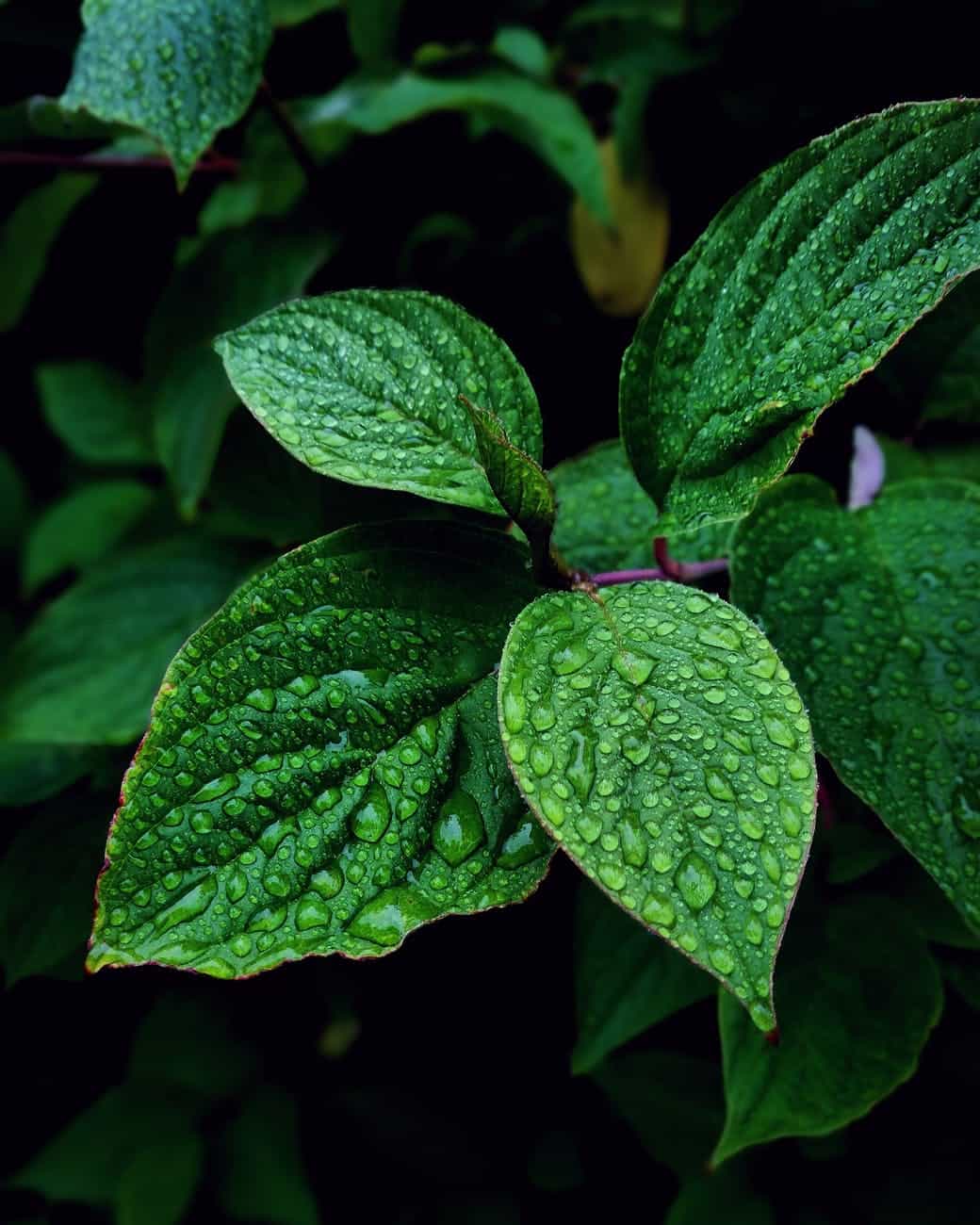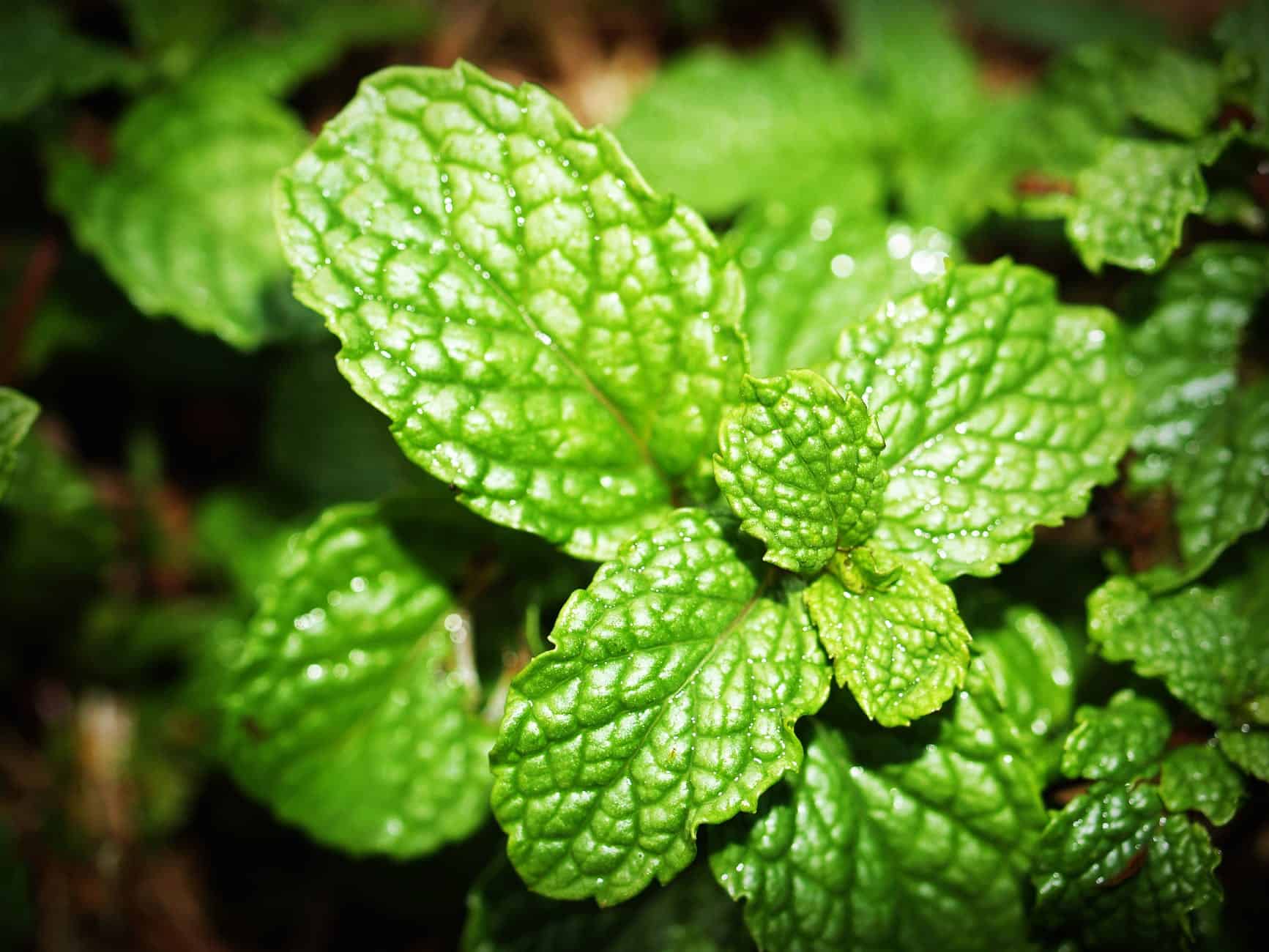Contents
Quite many readers of this article are familiar with the multipurpose use of mint. They are commonly used in products to help freshen our breaths, such as toothpaste, mouthwashes, and breath mints. Aside from these uses, they have other spectacular benefits. For instance, they can be used to perk up foods such as ice cream (We love chocolate-mint ice-cream), pesto, salads, and butter. While they make food great, they also have various health benefits. Studies have shown that they help enhance brain health and memory span. Also, they are a popularly known remedy for digestive problems. So, if you plan to grow this multipurpose plant in your herb garden, Here’s what you need to know. To start, let’s cover the basics.
Mint Basics

It’s a Herb:
Like most herbs and spices, mint plants are native to the Mediterranean. Method of Propagation: Asexual propagation methods such as stem cuttings from the parent plant are the most common method for propagating mint. The other method is to grow fresh mint from seed.
Planting Season:
The wonderful herb is best planted during the late spring season.
Planting Soil:
When considering suitable garden soil for growing mint, many commercial potting soil mixes will do. However, any rich soil selected must be well-draining and have the essential nutrients needed for mint growth.
Exposure to Sunlight:
The perennial herb is best planted in a garden space or kitchen window sill with full exposure to direct sunlight.
Plant Varieties:
Common mint varieties to plant include spearmint, orange mint, pineapple mint, apple mint, and peppermint. Some of these types of mint belong to the mint genus Monarda. Some varieties of mint also belong to the mint family Lamiaceae.
How to Grow Fresh Mint

Fresh mints can be propagated from cuttings or seeds. The best method for propagation is usually from cuttings for various reasons, such as the new mint shoots being a clone of the parent plant to having a faster growth time. Mint propagation is not always easy, but you’ll have little difficulty with the steps outlined below.
Propagating Mint from Cuttings
Being prepared is the difference between a healthy flowering plant and an empty bush. As growing mint isn’t an overnight endeavor, you will need to be patient before you begin to see the desired results. For propagating mint from cuttings, the following materials are required:
- A glass of water
- A small pot filled with well-drained soil
- Root growth hormone
- A sharp knife
Here are some steps to follow to grow mint from cuttings:
Prepare your Mint
Mint can be purchased from a neighbor’s farm or gardening supplies warehouse. If you already have a plant in your house, that’s even better. First, cut off a healthy stem using a sharp knife. Then you’ll have to strip the bottom of the fresh cutting. The bottom 2 inches of the mint plant needs to be free of all mint leaves. Remove any leaves growing there as this will be where roots will be established. Next, cut off the leaves from the base as close to the stem of the mint cutting as possible. It is best to cut it when ready to plant, making a 45⁰ at the top of the cutting. The cut will need to be fresh to allow the center of the cutting exposure. If you aren’t ready to plant immediately, store the cutting in the refrigerator after wrapping it up in a plastic bag.

Use a Growth Hormone
Some people consider this unnecessary, but the truth is that it is an optional process. You can prepare or obtain growth hormones for the cuttings. Growth hormones come in both gel and powdered forms and don’t require mixing them before use. You will, however, need to dip the mint stem cutting in water before dipping it in the growth hormone. Growth hormone helps to speed up the process of root growth, making roots stronger as well. As roots will still grow and get stronger with time, however, growth hormones become redundant. If you choose to use growth hormones when propagating mint, you should make sure you wait for at least a full year before eating the resulting mint. This is because it will take that long for the growth hormones to leave the plant. Eating the mint before this could put your health at risk.
Start the Root Structure
At this point, there are two ways to proceed, and your choice will depend on whether or not you have used a growth hormone. For those who have used a growth hormone, then you can proceed to plant your cutting directly. The growth hormone will help speed up root formation and in the soil without any further action. However, you need to allow the stem to develop established roots without using a growth hormone before planting it in the ground. You can achieve this by putting the leafless 2 inches in a glass of water.
Leave the stem immersed in the water till you notice roots sprouting out of the stem. This will usually take between 4-5 weeks, after which; the stem should be ready for planting. Without a mature set of roots, the stem will not germinate or establish roots in the soil.
Without roots, the plant will not have a solid structure or absorb nutrients and water from the soil. This will ultimately result in plant death.
Wait for Growth
If you have followed all the steps correctly, there is little or no fear of the plant dying out. However, the time of the year when you propagate mint can usually affect the time needed for growth to be visible. Overall, you should begin to notice growth sometime between the 6th to 8th week after propagation. To have the best chances of success and the quickest growth time, you should make sure you are propagating sometime around the early fall. While you can propagate at any time, early fall seems to be the best time to give your mint tree enough growth before the winter begins. A greenhouse is a perfect place to store and grow your mint, but it’s alright if you don’t have one. The important thing for the plant is that it is placed somewhere that is warm and humid. If you cannot find a suitable place matching these criteria, you can cover the plant with a plastic bag.
Caring for the Plant
You will need to transplant the mint plant to a bigger pot when the current pot becomes too small. In many cases, the pot will begin to break as the roots of the mint continue to grow. There is no need to panic if you notice any yellowing discoloration on the growing plant’s leaves. This is usually a result of transplant shock and can be solved by cutting off the affected leaves. This will create room for new and healthier leaves to take their places. You can avoid transplant shock by limiting the number of times you transplant the mint. Once the plant is strong enough, transplant it into its permanent site.
Wherever you store the mint, there needs to be an adequate amount of sunlight. Therefore, it would help if you also watered the mint as much as the plant demands. You can gauge this by observing the topsoil. If the topsoil is moist, then there is no need to water the mint.
Observe the plant for any disease or pest. For example, the fungus mint rust is fatal, which looks like rust spots underneath the leaves. If you happen to find this, then you should destroy the plant.
Frequently Asked Questions
Q: How does vegetative propagation occur in mint?
A: It occurs via the sucker. A branch grows outward until it touches the ground and forms a new plant.
Q: What is the best soil for potting a mint plant?
A: It’s all about the components of the soil. You need soil that is rich in organic matter and well-drained.
Q: How much sun does a mint plant need
A: About 5-6hour daily
Q: How often should I water mint plants
A: You need to ensure the top layer of the soil remains moist, however frequently that is.
Q: What is white stuff on my propagated mint?
A: This is an indication of pest attacks. If possible, move the plant to a new location, or use approved pesticides.
Want to know more about gardening ?
Fill in your email address in the form below and you'll receive all the latest updates directly in your in-box.
Thank you for subscribing.
Something went wrong.